Nitrate Dynamics
Project within IP Catchment Dynamics
Scope and Mission
Worldwide, nitrogen losses from intensive agricultural production and nitrogen inputs from treated or untreated wastewater may reach the hydrological system and end up as unwanted high loads of nitrate in surface water and groundwater with a long-term impact on water quality and on the health of associated ecosystems. High nitrate loads can cause severe eutrophication of groundwater-dependent or surface-runoff-fed ecosystems such as wetlands, rivers and near-coastal areas. Despite these current nitrate pollution problems ongoing global change manifested by rapid shifts of climate and land use may further worsen nitrate threats. For example, our main drinking water resources are threatened as ongoing nitrate inputs deteriorate the quality of groundwater in aquifers used for drinking water production.
Especially the latter fact has caught much attention lately, because Germany was taken to the European Court of Justice and sued over exceeding nitrate limits in groundwater. As a consequence, Germany is going to face considerable fines as high as €850,000 per day if no appropriate measures are taken to lower the nitrate concentrations in groundwater.
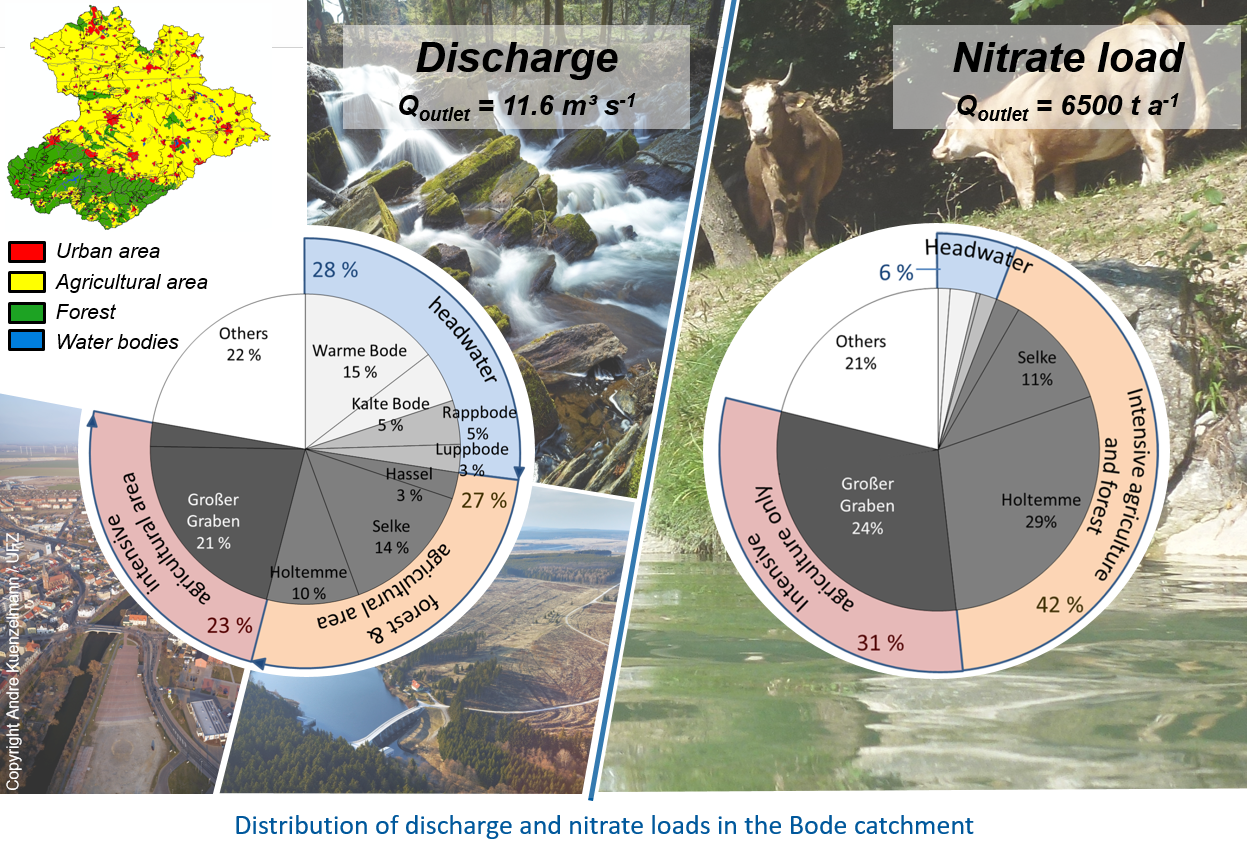
Our main motivation to do research on nitrate in the hydrological system is to develop concepts for mechanistic tools that:
(1) Help predict future nitrate concentrations in the hydrological system and
(2) Support regulators and authorities in estimating the effectiveness of measures taken to control nitrate pollution.
Our scientific approach will consider and focus on:
(1) Identifying and predicting land to stream flow and nitrate transfer pathways
(2) Recognizing and quantifying prevailing biogeochemical processes and matrix properties that control mobilization, retention and removal of nitrate in the critical zone, in aquifers, river networks, lakes , and reservoirs as well as their imprint on concentration and loads at the catchment scale
(3) Assessing the impact of hydrological variability (and extreme events) on the fate of nitrate in catchments across scales
(4) Predicting the time gap between nitrate input and nitrate export from catchments or its appearance at certain observation points.
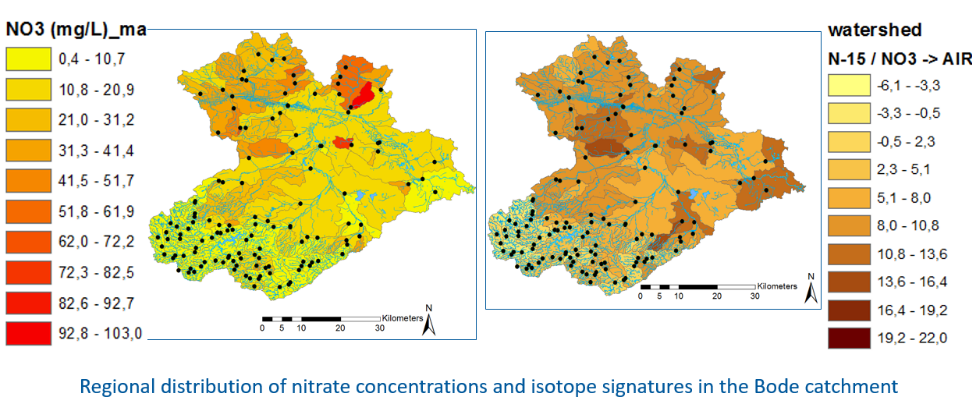
Methods
Nitrate research is based on the integration of advanced monitoring techniques and modelling approaches which capture a large range of spatial and temporal scales comprising:
- High frequency monitoring of nitrate and other solute compounds in surface water using advanced in-situ sensor technology
- (High frequency) stable isotope fingerprinting to constrain catchments scale travel times, to delineate nitrogen source contributions and to recognize and quantify prevailing nitrogen turnover processes
- Data driven modelling for identifying dominant transport processes and time lags between input and output signals at the catchment scale as well as long term multi decadal shifts of nitrate loadings
- Deterministic hydrological nitrate modelling for evaluating spatially distributed loading and transport and attenuation processes at catchment scale
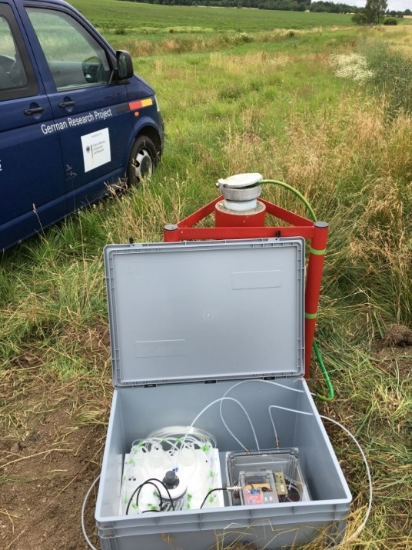
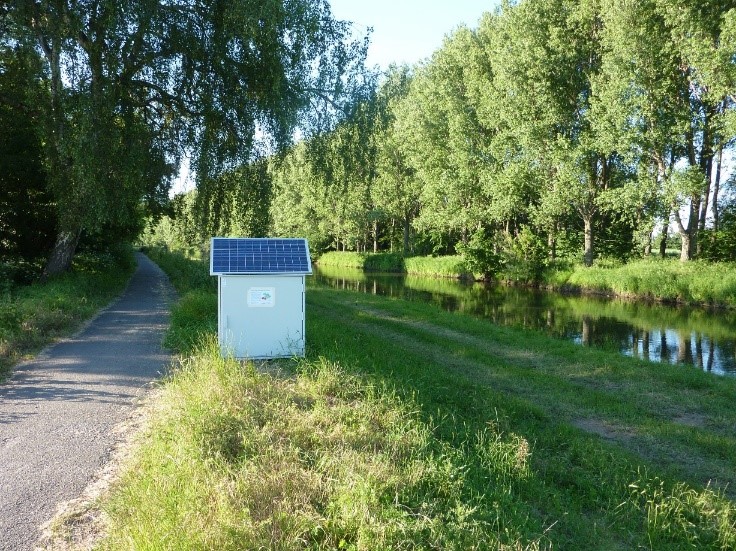
Outcomes and Outreach
Tools or tool components that help predict future nitrate concentrations in the hydrological system and that support regulators and authorities in assessing the impact of climate and land use change and estimating the effectiveness of measures taken to control nitrate pollution. Within the project we collaborate nationally (e.g. TU Darmstadt, University Koblenz-Landau) and internationally (e.g. University of Florida, University of Toronto).
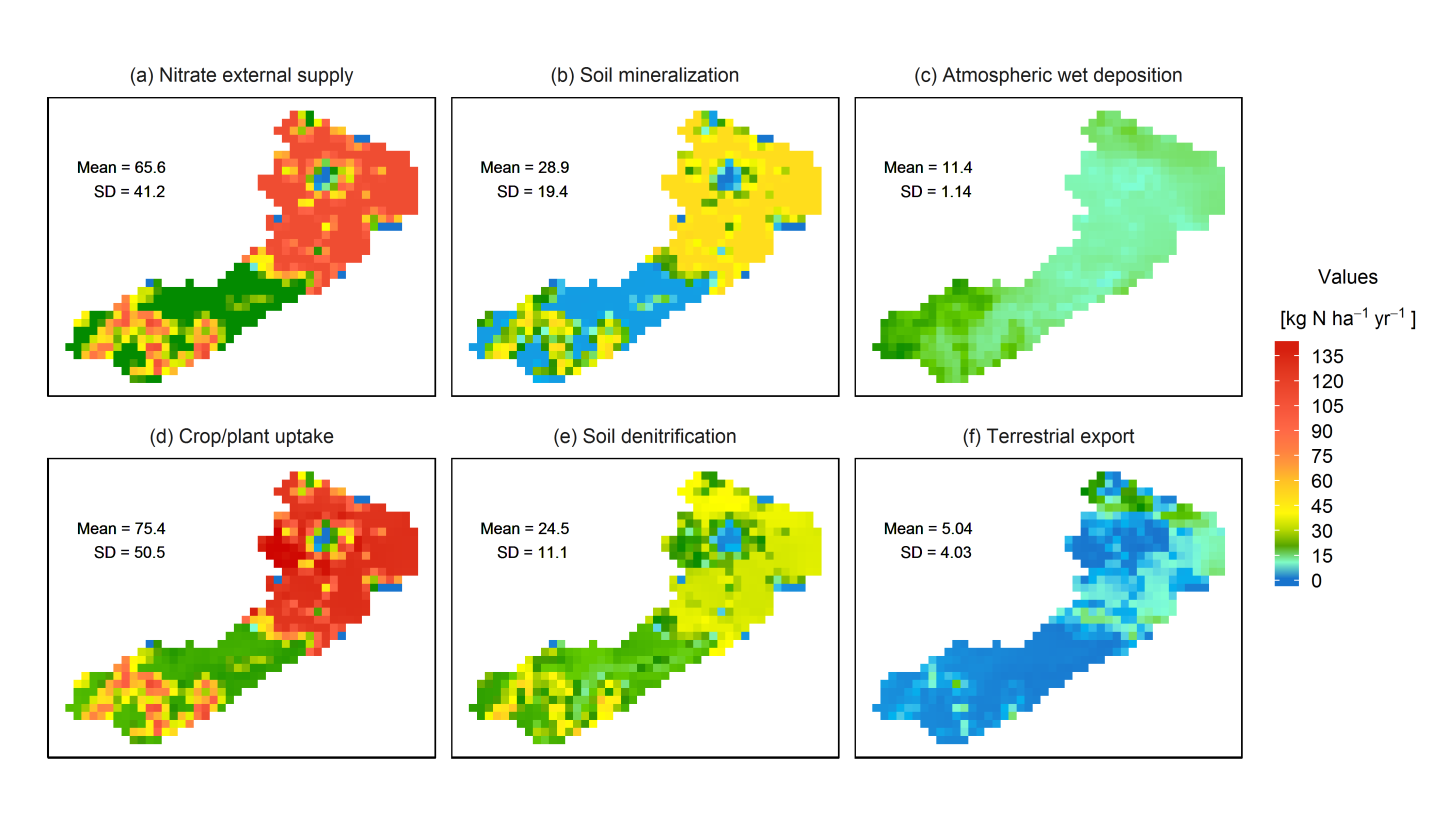 Spatial distributions of terrestrial nitrate budget and internal transformation processes provided by the mHM-Nitrate model (cell size: 1 km × 1 km) for the Selke catchment (2010-2015).
Spatial distributions of terrestrial nitrate budget and internal transformation processes provided by the mHM-Nitrate model (cell size: 1 km × 1 km) for the Selke catchment (2010-2015).
Links
Key Scientists
Publications
Lutz, S.R., Trauth, N., Musolff, A., van Breukelen, B.M., Knöller, K., Fleckenstein, J.H., (2020): How important is denitrification in riparian zones? Combining end-member mixing and isotope modeling to quantify nitrate removal from riparian groundwater Water Resour. Res. 56.
Jiang S. Y. , Zhang, Q., Werner, A. D., Wellen, C., Jomaa, S., Zhu, Q. D., Büttner, O., Meon, G., Rode M. (2019): Effects of stream nitrate data frequency on watershed model performance and prediction uncertainty. Journal of Hydrology, 569:22-36. https://doi.org/10.1016/j.jhydrol.2018.11.049
Yang, X., Jomaa, S., Büttner, O., Rode,M. (2019): Autotrophic nitrate uptake in river networks: A modeling approach using continuous high-frequency data Water Research, https://doi.org/10.1016/j.watres.2019.02.059
Yang, X., Jomaa, S., Rode,M. (2019): Sensitivity analysis of fully distributed parameterization reveals insights into heterogeneous catchment responses for water quality modelling. Water Resources Research, https://doi.org/10.1029/2019WR025575
Yang, X., Jomaa, S., Zink, M., Fleckenstein, J. H., Borchardt, D., Rode, M. (2018): A New Fully Distributed Model of Nitrate Transport and Removal at Catchment Scale. Water Resources Research, doi.org/10.1029/2017WR022380.
Jomaa, S., Aboud, I., Dupas, R., Yang, X., Rozemeijer, J., Rode, M., (2018): Improving nitrate load estimates in an agricultural catchment using Event Response Reconstruction Environ. Monit. Assess. 190 (6), art. 330.
Woodward, S.J.R., Wöhling, T., Rode, M., Stenger, R., (2017): Predicting nitrate discharge dynamics in mesoscale catchments using the lumped StreamGEM model and Bayesian parameter inference. J. Hydrol. 552:684 – 703.
Dupas, R., Musolff, A., Jawitz, J.W., Rao, P. S. C., Jäger, C.G., Fleckenstein, J.H., Rode, M., Borchardt, D., (2017): Carbon and nutrient export regimes from headwater catchments to downstream reaches. Biogeosciences 14 (18):4391 – 4407.
Kunz, J.V., M. Annable, J. Cho, W. von Tümpling, K. Hatfield, S. Rao, D. Borchardt, M. Rode (2017): Quantifying nutrient fluxes in Hyporheic Zones with a new Passive Flux Meter (HPFM) Biogeosciences. https://doi.org/10.5194/bg-14-631-2017
Kunz, J.V., R. Hensley, L. Brase, D. Borchardt, M. Rode (2017):
High frequency measurements of reach scale nitrogen uptake in a fourth order river with contrasting hydromorphology and variable water chemistry (Weiße Elster, Germany)
Water Resources Research 53 doi:10.1002/2016WRO19355
Müller, C., Musolff, A., Strachauer, U., Brauns, M., Tarasova, L., Merz, R., Knöller, K., (2018): Tomography of anthropogenic nitrate contribution along a mesoscale river Sci. Total Environ. 615:773 - 783.
Nikolenko, O., Jurado, A., Borges, A.V., Knöller, K., Brouyѐre, S., (2018): Isotopic composition of nitrogen species in groundwater under agricultural areas: A review Sci. Total Environ. 621:1415 – 1432.
Trauth, N., Musolff, A., Knöller, K., Kaden, U.S., Keller, T., Werban, U., Fleckenstein, J.H., (2018):
River water infiltration enhances denitrification efficiency in riparian groundwater
Water Res. 130:185 – 199.
Kunz, J. V., M. D. Annable, S. Rao, M. Rode, and D. Borchardt. (2017): Hyporheic Passive Flux Meters Reveal Inverse Vertical Zonation and High Seasonality of Nitrogen Processing in an Anthropogenically Modified Stream (Holtemme, Germany) Water Resources Research 53:10155-10172.
Müller, C., Zink, M., Samaniego, L., Krieg, R., Merz, R., Rode, M., Knöller, K., (2016):
Discharge driven nitrogen dynamics in a mesoscale river basin as constrained by stable isotope patterns
Environ. Sci. Technol. 50 (17):9187 - 9196.
Contact
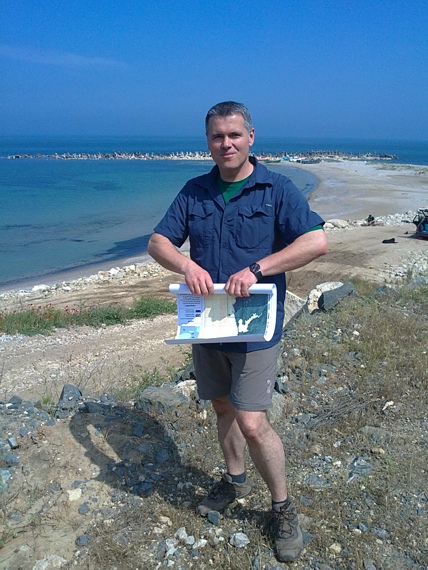
|
Dr. Kay Knöller Department Catchment Hydrology (CATHYD) UFZ Halle kay.knoeller@ufz.de
|

|
Dr. Michael Rode Department Aquatic Ecosystem Analysis and Management (ASAM) UFZ Magdeburg michael.rode@ufz.de |
